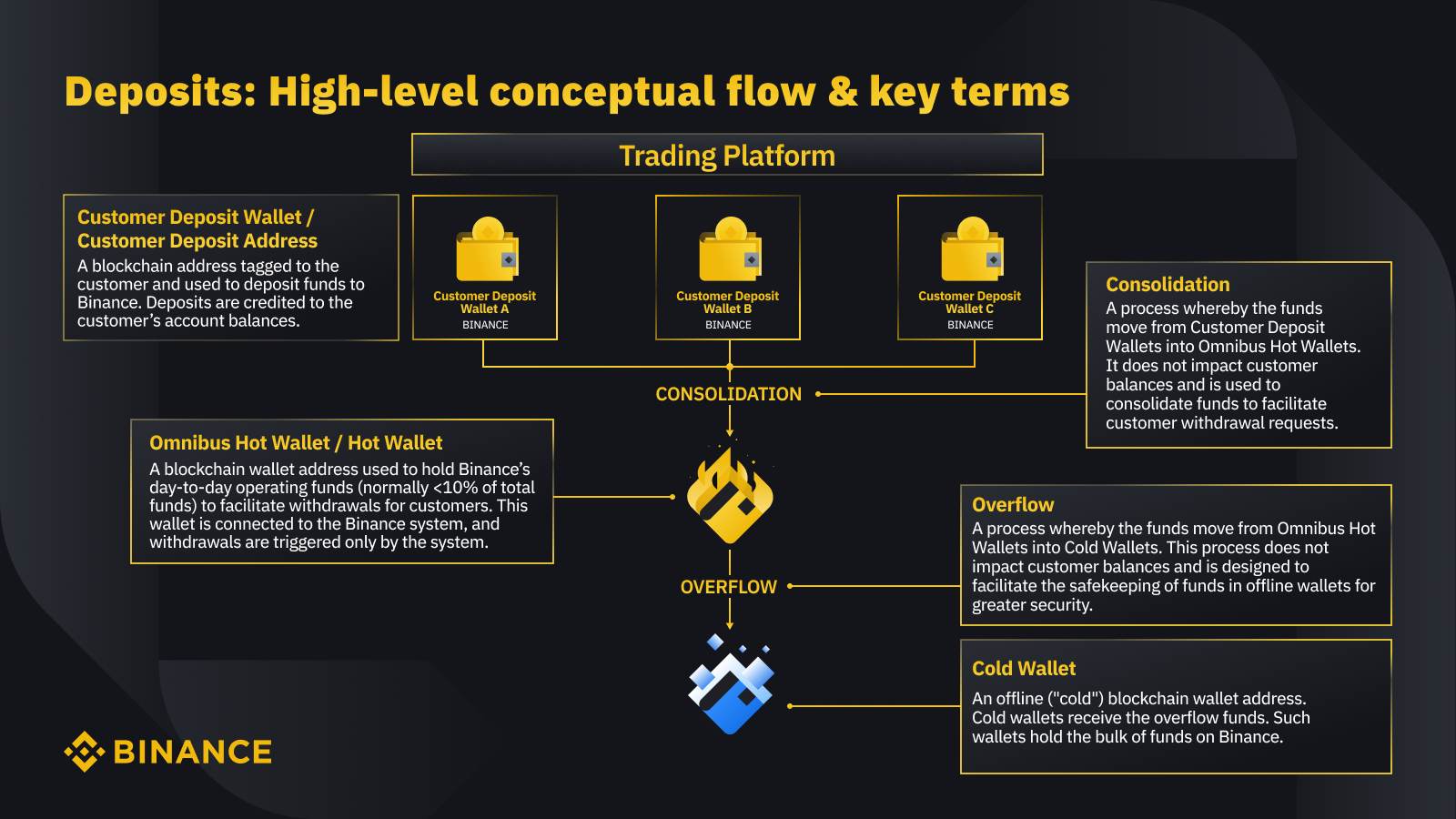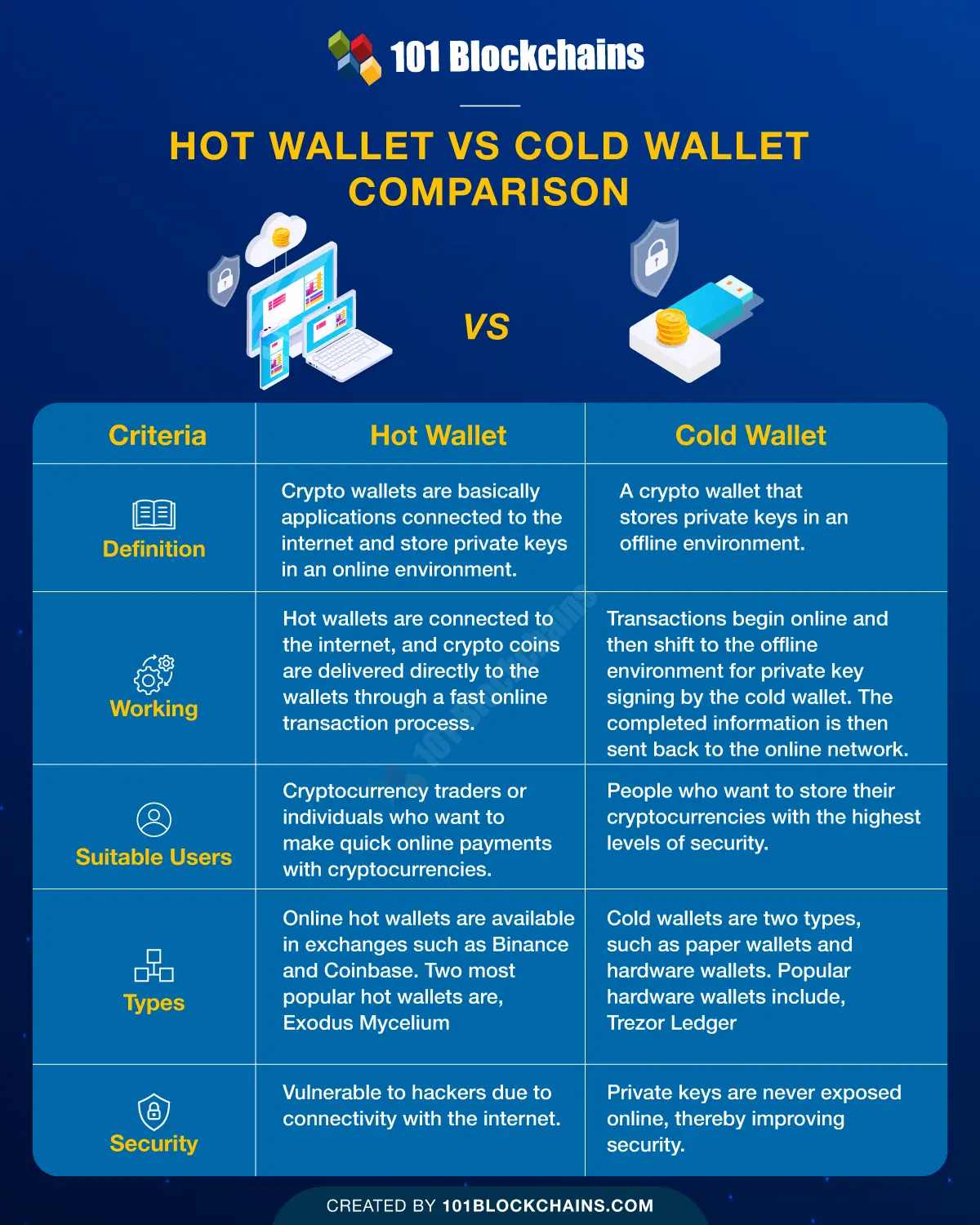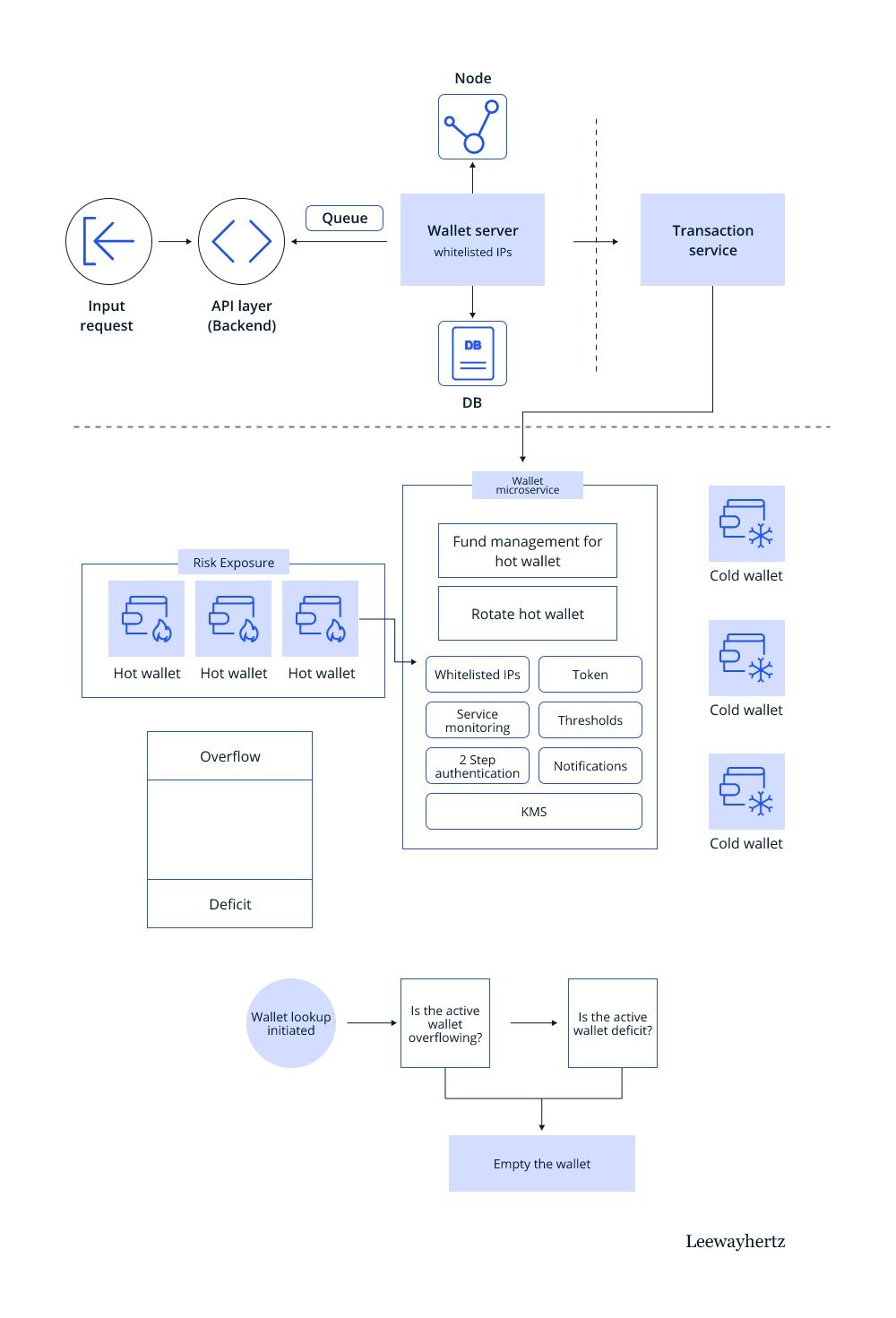- Hot wallets are convenient for active use but carry higher online attack risk.
- Cold wallets keep keys offline for stronger security but add friction to access.
- A hybrid approach works best: keep spending funds in hot wallets and store reserves in cold storage.
- Choose based on portfolio size, activity, and risk tolerance—and remember human error (seed handling, phishing) is the weakest link.
Introduction
TradingKey - Wallets are changing fast. Programmable security and programmable wallets are facilitated through smart contracts, which offer features such as spending limits, recovery options, and multi-approver approvals. Social recovery wallets enable trusted contacts to recover access should the keys become lost or stolen. Institutional custody solutions integrate cold storage with insurance coverage and compliance features with operational flexibility and security.
Nevertheless, the ultimate underlying trade-off will always exist. Internet connectivity always entails danger, and offline storage entails a drag. The wallet art is one of balancing such countervailing powers as per individual or institutional requirements.
Why Wallets Matter in Crypto
One of the earliest lessons in crypto is a simple yet profound one: if you don’t hold the keys, you don’t have the coins. Wallets, whether hot or cold, serve as guardians of digital currencies, storing private keys and facilitating access to blockchain networks. What distinguishes a hot wallet from a cold wallet may seem technical, yet it’s one of the most crucial decisions an investor can make. Hot wallets are connected to the Internet and are therefore easier to use but less secure. Cold wallets are offline and, although more secure, less convenient than a frequently used wallet. For anyone venturing into crypto, understanding the trade-offs of each type of wallet is crucial.

Source: https://www.binance.com
The Pros and Cons of Hot Wallets
Hot wallets, such as MetaMask, Trust Wallet, or exchange-based custodian wallets, are optimized for quick access and convenience. With hot wallets, you can log in and buy/sell and transfer assets instantly. Traders and DeFi enthusiasts cannot live without hot wallets. If you didn't use hot wallets, you could hardly exchange with a decentralized exchange or buy/sell an NFT or lend assets.
But this same interconnectivity produces danger. Since hot wallets are always active and online, they are subject to the complete gamut of cyber threats: phishing scams, malware, assaults of the smart contracts, or even exchange thefts if the wallet holds a custodial one. Even with protection mechanisms like two-factor authentication and encrypted backups, hot wallets are more susceptible to attacks than offline wallets. For low balances or active trading, they are convenient; however, for storing life-altering amounts, they are lacking.

Source: https://www.101blockchains.com
Why Cold Wallets Are the Gold Standard
Cold wallets, such as physical units like Ledger, Trezor, or air-gapped paper wallets, do the opposite. Storing private keys offline eliminates the primary target of an attack: exposure to the internet. Even if a hacker compromises a user’s laptop, the private keys are inaccessible and securely maintained within the cold wallet.
It comes with a cost of convenience. Accessing a cold wallet involves plugging in a device, verifying transactions manually, and encountering additional friction. For long-term holders or passive investors, this is a small price to pay for the peace of mind. For traders coming and going in and out of DeFi protocols each day, however, it can become annoying. Yet, cold storage remains the standard for safe custody among institutions, whales, or anyone with extensive assets.
The Hybrid Strategy
The real world of most investors is that the ideal solution isn't a true or false proposition but a hybrid solution. Hot wallets are used for day-to-day transactions, staking, or NFT purchases. Cold wallets are secure vaults where assets are stored beyond reach. Dividing use and a half ensures use and safety.
This reflects the old-fashioned financial system. Individuals typically retain small amounts of funds in easy-access accounts for day-to-day use and store bulk reserves in secure storage. In cryptocurrency, the same principle applies: keep exposure low and use high. Advanced users and institutions take this a step further by adding solution-layering with multi-signature configurations and insured guardians, as well as biometric authentication, and combining cold storage with limited access.

Source: https://www.leewayhertz.com
What to Consider When Selecting
It's a choice between hot and cold wallets based on portfolio size, level of activity, and individual risk tolerance. A small-change retail investor experimenting with DeFi will probably get along just fine with hot wallets. An individual with a long-term Bitcoin position with six figures at stake should have no problem utilizing cold storage. For the average individual, a mix of both approaches works best, with hot wallets used for active funds and cold wallets used for reserves.
User behavior also comes into consideration. Even the best cold wallet becomes useless if recovery phrases are copied sloppily or kept at insecure locations. Human error, rather than technology, often proves to be the weakest link. Investors should learn best practices, from protecting seed phrases to being cautious of unfamiliar links. Security has as much of a disciplinary component as a tools component.
Conclusion: Safety as a Tactic
The debate over hot and cold wallet arguments has less to do with one being “better” and more with one being safer for a specific use. Hot wallets are a winner in terms of convenience, but a loser in terms of exposure. Cold wallets are a winner with exposure and a loser with time. The most intelligent course of action with heavy investors is neither nor both strategically. The rule of thumb is straightforward: never put more into a hot wallet than you can afford to lose. Everything else is stored in cold storage, secured offline. Herein lies the safest path through crypto custody, uniting flexibility in the short term with protection in the long term and resilience.


